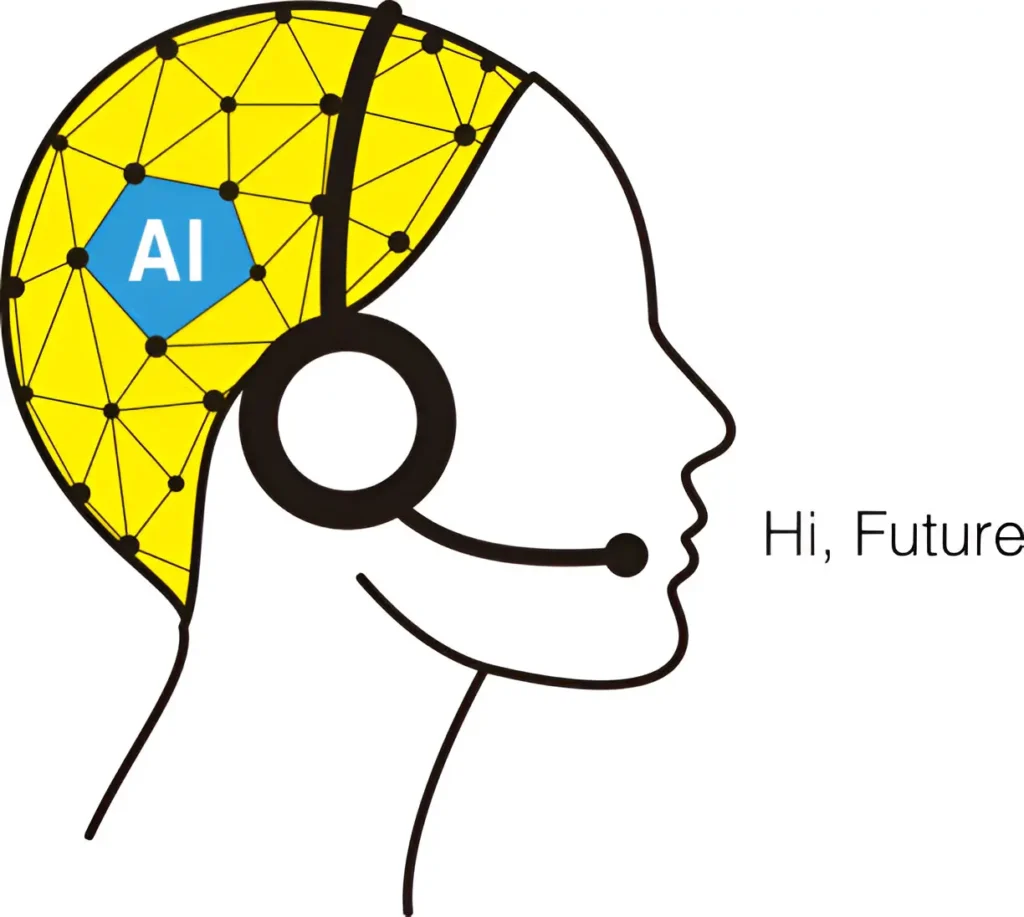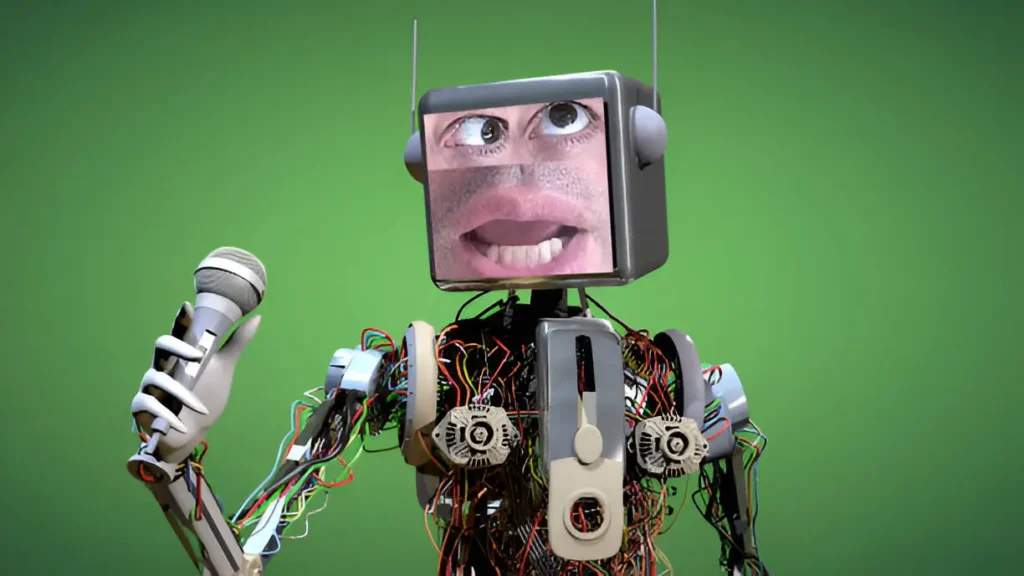40% energy reduction of the design made with architecture AI, 30% improvement of image capture in space, 30% waste material reduction after agent architecture in Ai used. After all this info, we can understand that agent architecture in ai is a game-changer.

They can assist with cleaning the house; they may fix things a hundred times over; and if I get out of line after 30 minutes of fighting on the battlefield, a metrosexual trash can would roll up and switch me off.
Mr. Industrial also points out that we could be building artificial brains in the future, just as we built artificial eyes for humans in World War II, thus making such computers or agents potentially much closer to us then.
It would definitely be nice to have a clearer understanding of what AI is, in terms of its agent architecture. It’s like an episode of a science fiction series, right?
This faith is one division over from one more, gets serious hot though, it alters the way you go and the means you screw.
Looking to get agent architecture in AI on the cheap?

Think about another drain pipe–it might look good and work well at first but eventually will come back to bite you in the butt.
Here we are gonna unpack what agent architecture is in AI and how it works – and the reason why it’s absolutely a game-changer.
AI agent architecture / agent architecture in AI : A computer system that is made in such a way that it prompts agents to be autonomous. Make their own decisions, and not have outside influences.
Solving tasks on their own, and navigating environments these agents inhabit. It’s a schematic image in robot shape and it tells the agent which thoughts and actions to take, when and why—just the right kinds of processes in our minds that these so-redefined machines are.
Difference Between Agentic Architecture and Non-Agentic
Agentic Architecture
Agentic architecture pertains to systems that can make decisions and adapt to new surroundings of its own accord, typically with considerable help from AI or machine learning.
Exclusions are systems without artificial languages dominated by humans themselves-in that case the question becomes: can an OAR make vital decisions based on human input?
Conversely Systems like smart homes or self-driving cars can respond to changes without requiring people to act.
Non Agentic Architecture
As for non-agentic architecture, this means systems which depend on human control and are unable to reach decisions autonomously.
Traditional buildings or fixed websites overriding rules they follow regardless of outside input, are examples here.
The biggest difference is that agentic architecture’ is dynamic and self-learning while non-agentic architecture’ is passive and must be adjusted manually
The Core of Agent Architecture in AI: Intentions, Plans, and Actions
Now that we know what agentic architecture is, let’s dive deeper into how it works. Agent architectures have three core components that make them tick:
- Intentions (What the agent wants to do): Imagine your AI agent as a highly motivated person. They have specific goals in mind. These are the intentions that drive their actions. For example, an AI assistant may have the intention of booking your flight, making dinner reservations, and organizing your meetings—all at once (hopefully without crashing like your old laptop).
- Planning (How the agent plans to achieve its goals): This is where the magic of decision-making comes into play. The agent doesn’t just jump into action willy-nilly. It plans. Like when you plan your weekend getaway, an AI agent also plans its actions step by step, adjusting based on the changing environment or new data it receives.
- Action (Doing the thing): The agent then takes action. It’s like putting your plans into motion—booking that flight, ordering your pizza, or scheduling your doctor’s appointment.
This combination of intentions, planning, and action allows AI agents to perform tasks autonomously and efficiently, learning and adapting along the way. So next time your AI assistant books your flight or picks a movie for you, just remember: it’s using some pretty powerful architecture to make it happen.
Types of Agent Architectures: Which One Fits Your Needs?
An AI agent’s architecture is not a one size fits all model. There are a variety of agent architectures out there, each with its own purpose. Let’s classify them
1. Single-Agent Architecture:
One agent architecture is where there’s only one agent who is acting independently working towards solving a particular problem. It’s sort of like a one-person band you’ve got your AI agent doing all the work alone.
Key Features:
Autonomy: The agent can complete its task without having to consult other agents.
Simplicity: it is simpler to model and implement than multi-agent systems.
Predictability: With only one agent, it’s easier to track and debug.
Simple chatbot or recommender system where only one agent is required to fulfil the job.
2. Multi-Agent Architecture:
A multi-agent system is an organisation of multiple agents that collaborate in solving a task, where each agent has particular tasks or responsibilities. It’s as if they were putting together an Avengers squad, but every single agent had a particular set of skills.
Key Features:
Cooperation: it may take several agents to solve a difficult problem.
Portability: Individually, all agents can manage between roles during the evolution of the task.
Dynamic Problem Solving: Since agents can work in parallel they can quickly get their job done.
Cases where organizations use multiple agents to represent them due to their specialized expertise. For example, one set of AI agents working on a medical diagnosis system — one looking at images, another at patient data, another with access to medical research.
3. Hybrid Architecture: The Best of Both Worlds
It is like a super hybrid team. It adopts both the single and multi agents methods of construction, and offers flexibility depending on the task in hand. On one hand an agent may play a leading role in driving the process along, on the other hand, other agents go around offering themselves up for scrutiny and advice.
Key Features:
Versatility: Combines strengths from the single and multi-agent systems.
Adaptability: Can handle things with a clear structure as well as those requiring a little creativity thrown in.
Stars who rule in both spheres tend to go far indeed, says Jean Cocteau. Best I Bets You’re Strategic planners or project managers need some leadership, but also lots of cooperation, so you would like to use one great tool that increases both of these functions simultaneously.

Real-World Applications: How Agent Architecture Is Changing the Game
At this point, I know you’re like “Yeah, yeah, this is all very interesting, but how do I actually use this in real life?” OK, so just to give you some examples of how agent architecture is changing the game in industries:
Personal Assistants (Siri, Alexa, etc):
These AI agents are very similar to agentic architecture, making decisions, reminders, through the learning overtime to become smarter with each decision.
Customer Support Bots:
AI-powered customer support bots can handle inquiries, solve issues, and kick problems up the food chain to human agents for resolution—without requiring explicit instruction at every turn.
Medical:
AI agents can analyze health data, suggest treatment; and even forecast possible future health issues based on a patient’s health history. It’s as if you had a personal healthcare adviser — with none of the long delays.
Video game:
AI AgentsThe use of AI agents in video games is to drive non player-characters (NPCs). These are agents that make decisions about what they are going to do, react to the player, and collaborate with each other to offer the player a dynamic, immersive experience.
Autonomous vehicles:
Driver-less vehicles are the ideal example of multi-agent systems application. Individual units of the car (navigation, braking, sensors), there are several agents which work together to hep the car drive without incident.
The Future of Agent Architecture in AI
We’re only beginning to tap the potential of agent architecture in AI. And as AI agents become more advanced, they’ll be able to take on even more-complicated tasks. Envision an AI service that spans planning your vacations to making critical business decisions — all without requiring much human input.
Here is more details of AI Agents
Give your monday a boost.
Conclusion: Why You Should Care About Agent Architecture in AI
agent architecture in AI isn’t just a tech trend, it’s shaping the future of automation and intelligent systems. From assistants that understand your taste, to massive multi-agent systems that cooperate in order to solve complex problems, such technology has already become part of our day to day.
And with AI advancing ever further, the frameworks behind these agents will only become more sophisticated, granting them even more autonomy, sentience, and adaptability. So the next time you tell your virtual digital assistant to play your favorite song or book a reservation, just know there’s a whole lot of brainpower fueled by AI agent architecture operating behind the scenes to make that happen.
And don’t forget, just because it’s AI doesn’t have to be complicated. Sometimes it’s just a question of an autonomous agent that so very much knows what to do next!








